Top speed 454 km/h Wingspan 28 m Weight 8,677 kg | Range 2,300 km Length 18 m First flight July 27, 1939 | |
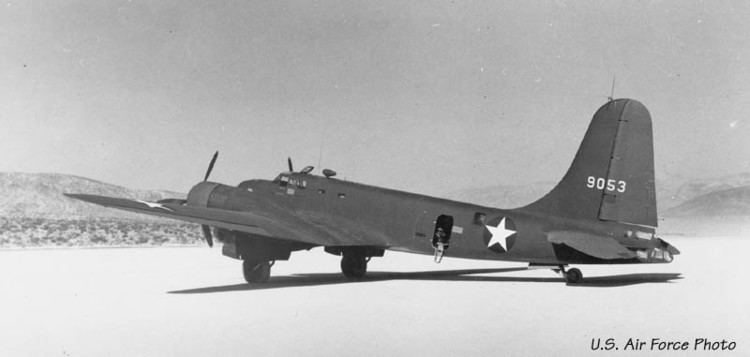 | ||
Engine type Wright R-2600 Twin Cyclone | ||
The Douglas B-23 Dragon was an American twin-engined bomber developed by the Douglas Aircraft Company as a successor to (and a refinement of) the Douglas B-18 Bolo.
Contents
- Design and development
- Operational history
- Operators
- Variants
- Ecuador
- United States
- Specifications B 23 Dragon
- References
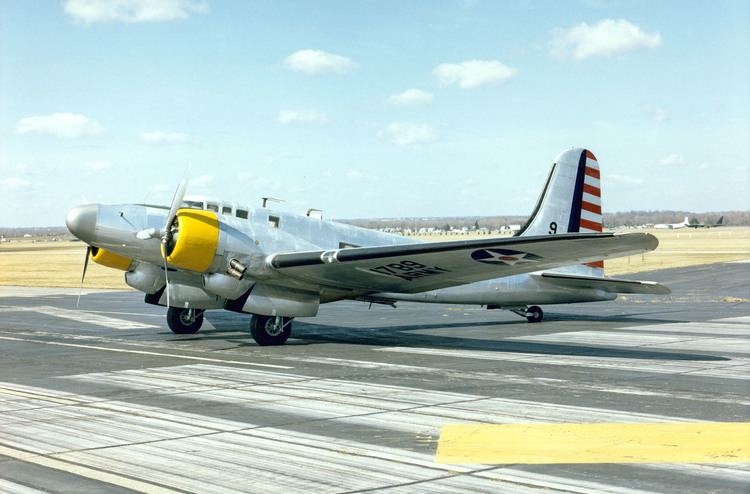
Design and development
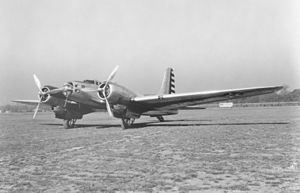
Douglas proposed a number of modifications designed to improve the performance of the B-18. Initially considered a redesign, the XB-22 featured 1,600 hp Wright R-2600-1 Twin Cyclone radial engines. The complete B-18 redesign was considered promising enough by the USAAC to alter the original contract to produce the last 38 B-18As ordered under Contract AC9977 as the B-23. The design incorporated a larger wingspan with a wing design very similar to that of the Douglas DC-3, a fully retractable undercarriage, and improved defensive armament. Notably, the B-23 was the first operational US bomber equipped with a glazed tail gun position. The tail gun mounted a .50 caliber machine gun, which was fired from the prone position by a gunner using a telescopic sight.
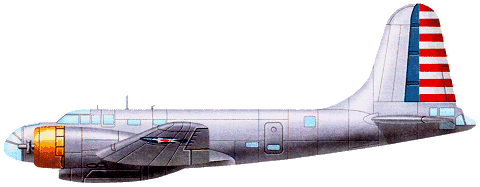
The first B-23 flew on July 27, 1939 with the production series of 38 B-23s manufactured between July 1939 and September 1940.
Operational history
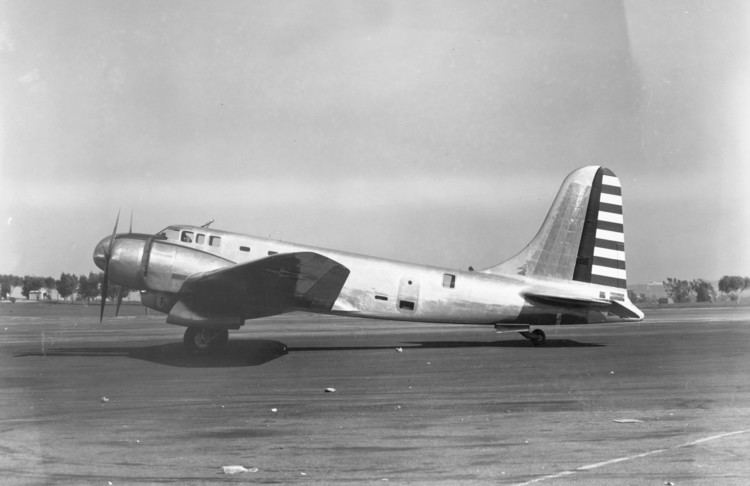
While significantly faster and better armed than the B-18, the B-23 was not comparable to newer medium bombers like the North American B-25 Mitchell and Martin B-26 Marauder. For this reason, the 38 B-23s built were never used in combat overseas, although for a brief period, they were employed as patrol aircraft stationed on the west coast of the United States. The B-23s were primarily relegated to training duties although 18 of the type were converted as transports and redesignated as the UC-67.
The B-23 also served as a testbed for new engines and systems. One was used for turbosupercharger development by General Electric at Schenectady, NY.
After World War II, many examples were used as executive transports with appropriate internal modifications and as a result a large number have survived. With its wartime experience with the type, GE bought and used five of them. Howard Hughes (among others) used converted B-23s as personal aircraft.
Operators
Variants
Ecuador
United States
Specifications (B-23 Dragon)
Data from McDonnell Douglas Aircraft since 1920
General characteristics
Performance
Armament
